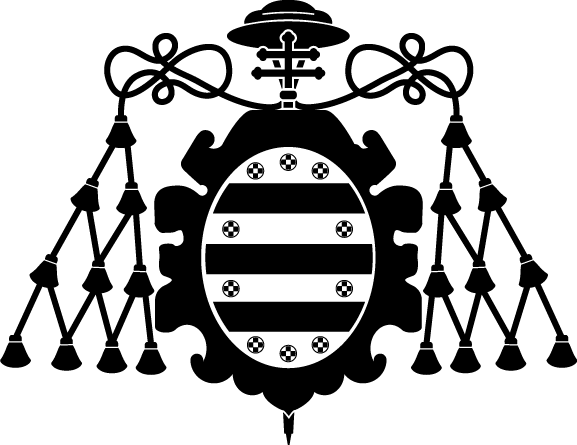Further Perspectives on the Teflate versus Fluoride Analogy: The Case of a Co(II) Pentafluoroorthotellurate Complex
Publication date:
Publisher version:
Citación:
Descripción física:
Abstract:
The pentafluoroorthotellurate group (teflate, OTeF5 ) is considered as a bulky analogue ofbfluoride, yet its coordination behavior in transition-metal complexes is not fully understood. By reaction of [CoCl4 ]2– and neat ClOTeF5 , we have synthesized the first cobalt teflate complex, [Co(OTeF5 )4 ]2– , which exhibits moisture-resistant Co–OTeF5 bonds. Through a combined experimental and theoretical (DFT and NEVPT2) study, the properties and electronic structure of this species have been investigated. It exhibits a distorted tetrahedral structure around the cobalt center and can be described as a d7 system with a quartet (S = 3/2) ground state. A comparative bonding analysis of the (pseudo)tetrahedral [CoX4 ]2– anions (X = OTeF5 , F, Cl) revealed that the strength of the Co–X interaction is similar in the three cases, being the strongest in [Co(OTeF5 )4 ]2– . In addition, an analysis of the charge of the Co center reinforced the similar electron-withdrawing properties of the teflate and the fluoride ligands. Therefore, the [Co(OTeF5 )4 ]2– anion constitutes an analogue of the polymeric [CoF4 ]2– in terms of electronic properties, but with a monomeric structure.
The pentafluoroorthotellurate group (teflate, OTeF5 ) is considered as a bulky analogue ofbfluoride, yet its coordination behavior in transition-metal complexes is not fully understood. By reaction of [CoCl4 ]2– and neat ClOTeF5 , we have synthesized the first cobalt teflate complex, [Co(OTeF5 )4 ]2– , which exhibits moisture-resistant Co–OTeF5 bonds. Through a combined experimental and theoretical (DFT and NEVPT2) study, the properties and electronic structure of this species have been investigated. It exhibits a distorted tetrahedral structure around the cobalt center and can be described as a d7 system with a quartet (S = 3/2) ground state. A comparative bonding analysis of the (pseudo)tetrahedral [CoX4 ]2– anions (X = OTeF5 , F, Cl) revealed that the strength of the Co–X interaction is similar in the three cases, being the strongest in [Co(OTeF5 )4 ]2– . In addition, an analysis of the charge of the Co center reinforced the similar electron-withdrawing properties of the teflate and the fluoride ligands. Therefore, the [Co(OTeF5 )4 ]2– anion constitutes an analogue of the polymeric [CoF4 ]2– in terms of electronic properties, but with a monomeric structure.
ISSN:
Patrocinado por:
Funded by the Deutsche Forschungsgemeinschaft (DFG, German Research Foundation) – Project-ID 387284271 – SFB 1349 and by the European Research Council (ERC) Project HighPotOx (grant agreement ID: 818862), as well as through the cluster of excellence “UniSysCat” funded by the DFG under Germany’s Excellence Strategy-EXC2008/1-390540038. We gratefully acknowledge the assistance of the Core Facility BioSupraMol supported by the DFG. A.P.-B. thanks the Alexander von Humboldt Foundation for a postdoctoral research fellowship, as well as the Department of Biology, Chemistry, Pharmacy of the Freie Universität Berlin for a Rising Star Junior Fellowship. J.M. acknowledges the Spanish MICINN (grant PID2021-122763NBI00) and the FICyT (grant IDI/2021/000054) for financial support, as well as Dr. Carlos Martín-Fernández and Prof. Ángel Martín Pendás for fruitful scientific discussions.
Collections
- Artículos [37359]
- Investigaciones y Documentos OpenAIRE [8241]
- Química Física y Analítica [629]
Files in this item





